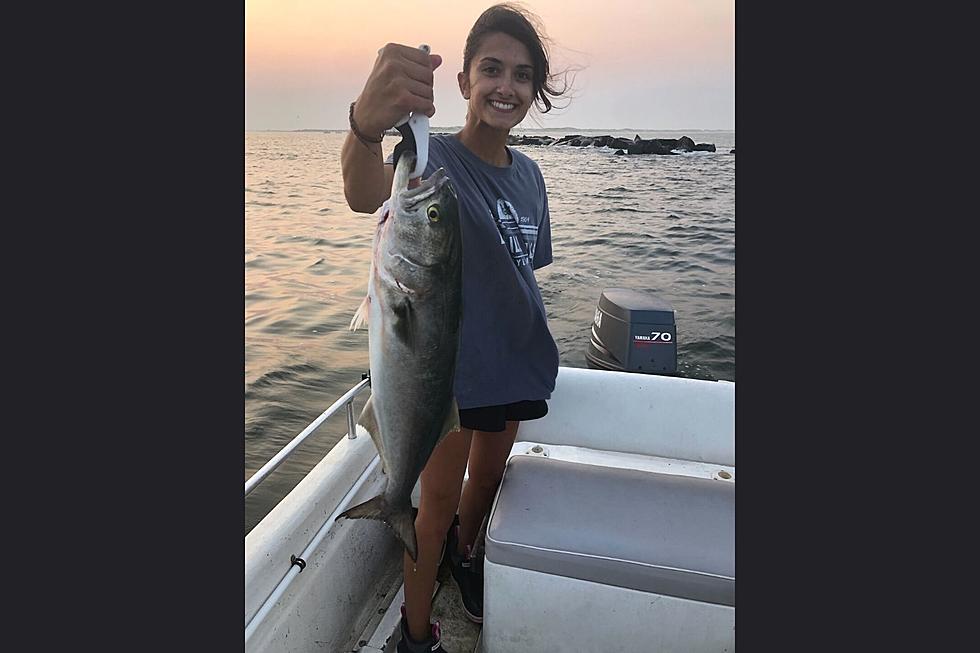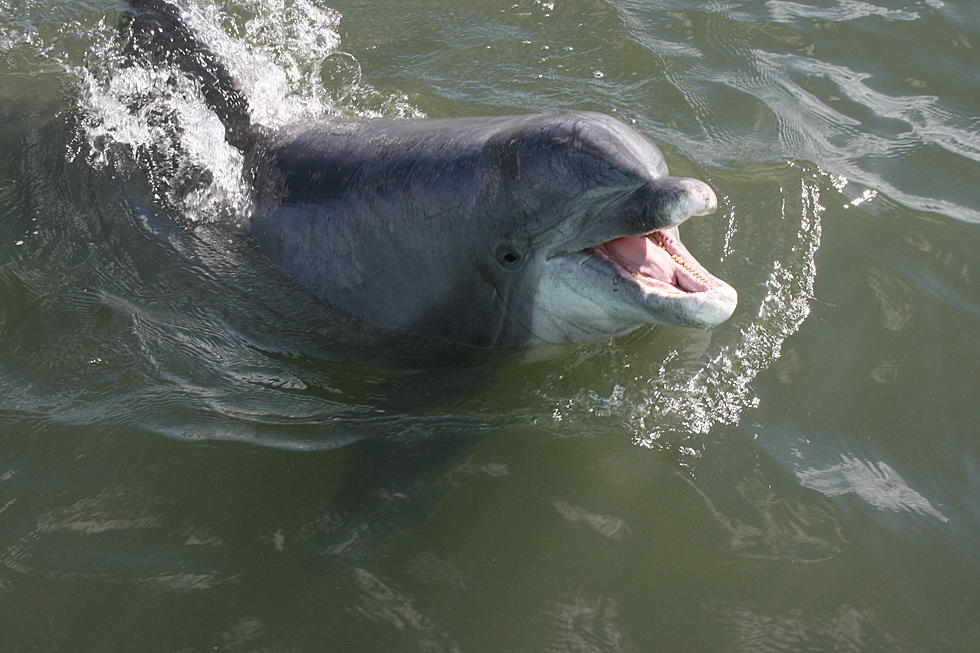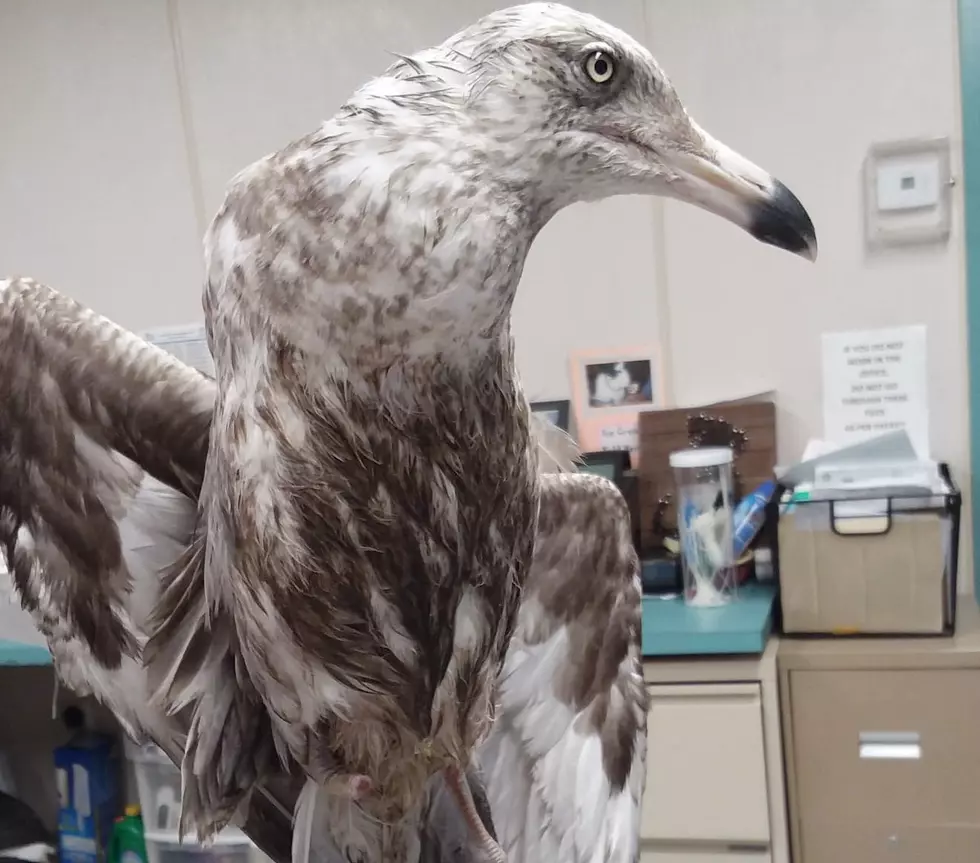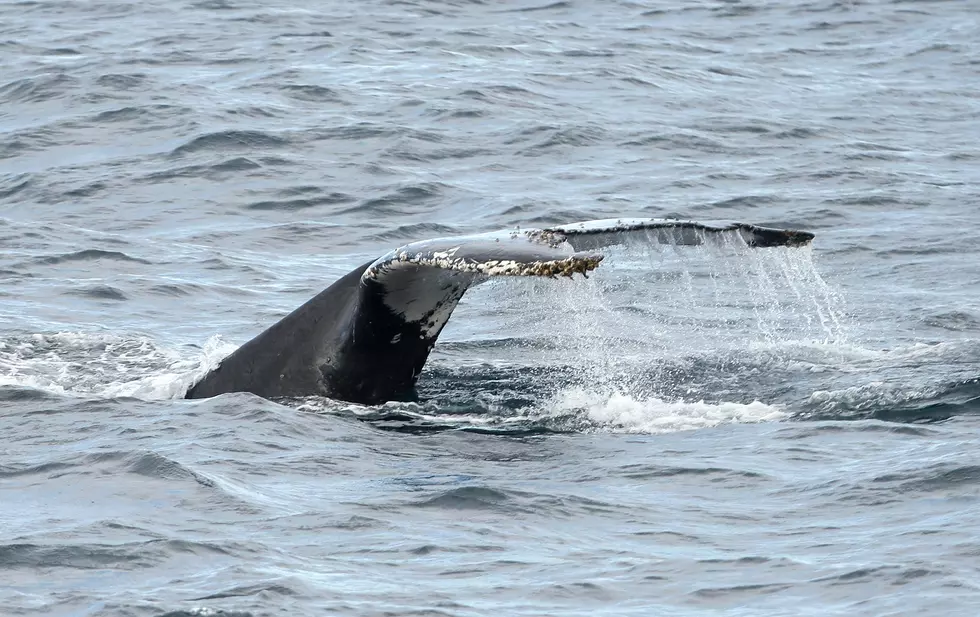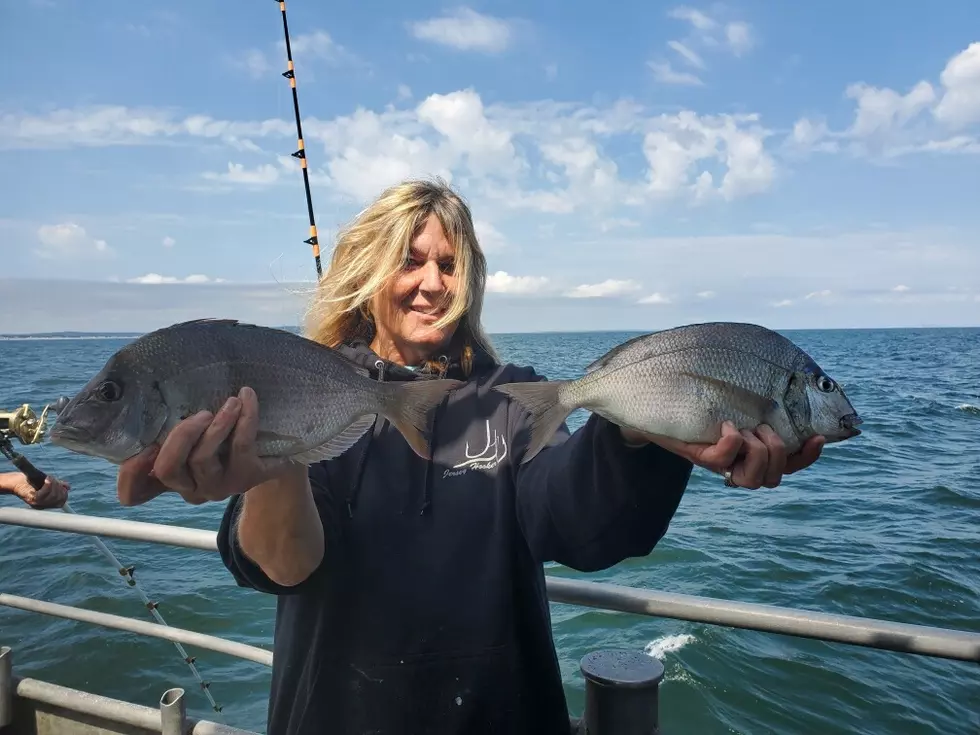
Spring Critters Sprung
Story by Tom Pagliaroli
Lost in the rod ‘n reel and turkey season craziness is that the three-day blast of hot weather has finally brought out, in force, all creatures great and small that are walking, creeping, crawling and flying in and over the woods, fields, swamps and salt marshes.
Of these, the most notable are snakes of all sorts, various turtles, frogs and toads (the spring peepers started in late March and are just about done), bats and black bears.
The most notorious include the disease-carrying black legged (deer) and wood (dog) ticks, chiggers, mosquitos and no-seeums (biting gnats). The blood-letting greenheads are on Mother Nature’s schedule to emerge and swarm over the coastal wetlands and adjacent real estate staring sometime in late June…just in time to make fishing and crabbing a west wind transfusion. Now is the time to make sure you and/or your clothing is doused with dope….and by all means inspect yourself for any ticks that may have gotten through the barrier. Chiggers? You’ll know when you have them. Trust me on this one!
It’s a good-with-the-bad dealio, and some encounters can prove fatal, or nearly so. The southern tier counties, especially those in the pine barrens, where there are state parks and state forests laced with hiking trails and camping areas, house the rare-but-there timber rattlesnake. This species of rattler can attain lengths of 6-feet with a body as thick as your wrist and can deliver enough venom to kill a pony, much less an adult human. The shorter, thinner copperhead is also found here and there, and while half the size, will inject enough nasty to make life miserable with the possible loss of a limb or digit, depending on the dose and where the strike occurred. Needless to say, hiking buddy canines are especially at risk from both.
Other serpents you may encounter include the harmless garter snake, the not-so-friendly pine snake, and the downright aggressive black racer. The pine can also reach lengths approaching 6-feet, and when threatened will vibrate its scaly skin, sounding remarkably like a rattler. Give it a wide berth. The black racer? Unlike the copperhead and rattler that will rather slip away rather than have an encounter, this rowdy and rambunctious reptile seems to look for a fight. At up to 5-feet in length, it’s pretty impressive, and if encountered by the water or on a trail, keep in mind that it just as soon defend its turf than slither away.
Turtles are out and about as well. Very cool to see are the endangered northern diamond back terrapins along the coastal marshes. There are “Turtle Crossing” signs on just about every road, paved or otherwise, coursing along bays, estuaries and brackish creeks on the Atlantic and lower Delaware Bay sides of the state, so if you happen to see one making its way across, stop the vehicle or go carefully around it and leave it be, i.e. don’t get out and give assistance. It will eventually get to where it’s going.
The nattily-attired brown/yellow/orange box turtles are landlubbers and have been appearing in garden and flower bed areas since late March, but sightings were rare because of the continued cold temperatures and drenching rains. They are certainly active and make for interesting watching as they plod along. Like the terrapin, they are by no means big (topping at 7-9 inches in length) and will immediately retreat inside their dome shaped shell at the first hunt of danger.
The snapping turtle is the dinosaur, literally, of the Garden State’s reptile world. Not having changed since the Pleistocene, if not sooner, it prefers freshwater lakes, ponds and slow-moving rivers, but we’ve encountered it in brackish tidal creeks and salt ponds as well. This is the heavyweight of Garden State Turtledom, reaching weights of 50-lbs., and is especially long-lived. As the name implies, it snaps…big time! The jaws are razor sharp and the neck can extend out up to ¼ of the body length in a lightning quick move, so keep hands,, feet, hell, all body parts far enough away to prevent a bite that can easily sever a finger or toe.
There’s no mistaking a snapper for any other turtle, even when they are small. The low and wide profile and pointed snout are giveaways. If you spot one, give it a wide berth. If you absolutely must pick it up (the species has a fatal habit of stopping in the middle of a road and staying there) do so by the tail or get a firm grasp on either side of the shell. And by all means avoid the claws: they will open you up like a fistful of scalpels.
More From 105.7 The Hawk

